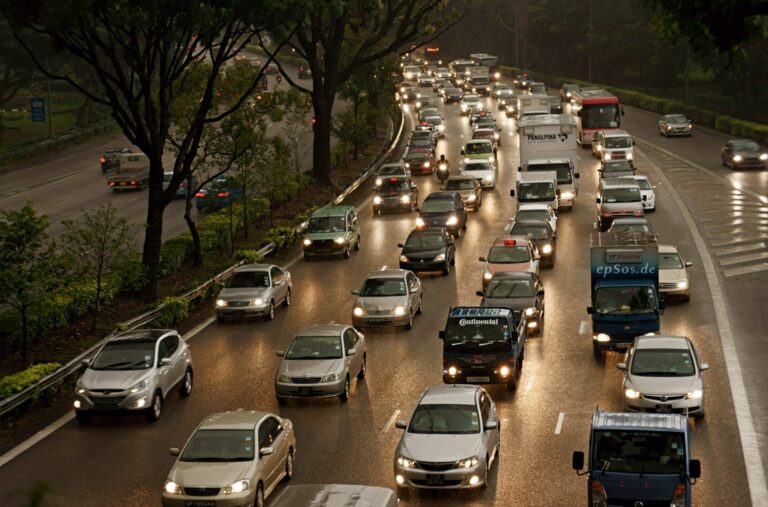Fewer commutes per person, reduced car use in major urban centres and busses losing popularity are current transport trends according to the Urban Transport Group’s latest data report “Number crunch 2019: Urban transport trends in changing times”.
The report draws on new local city region data as well as national statistics, and examines trends taking place over the last decade in addition to what the most recent data reveals.
It highlights that there has been a decline in the number of commutes people make on average due to changes in working patterns and practices. It found a decline in car use in cities with traffic surveys showing a reduction in the number of cars entering the city centre during the morning peak in some, but not all, major urban centres in the city regions.
4.36 billion bus journeys were made in 2017/18 which makes the bus the most used form of public transport in England, accounting for around 59 per cent of all public transport journeys. According to the report, patronage in metropolitan areas (outside London) have fallen by 15 per cent from 1.1 billion in 2009/10 to 908 million in 2017/18. And after a sustained period of growth, patronage in London has now decreased for the last four years.
Regional rail has seen increased popularity, hitting 389 million in 2017/18 which is an increase of 29 per cent since 2008/09. Likewise, urban centres are being designed for people, rather than for vehicles according to the report. And it found the growth of Private Hire Vehicles to be slowing down with zero growth in the last year.
“We are living in rapidly changing times, and our travel habits in cities are changing at pace too. From a runaway success for rail services to more blues for the bus, this report reveals the transport trends that are shaping the way we travel in urban areas,” said Stephen Edwards, chair of the Urban Transport Group and executive director at South Yorkshire Passenger Transport Executive.





